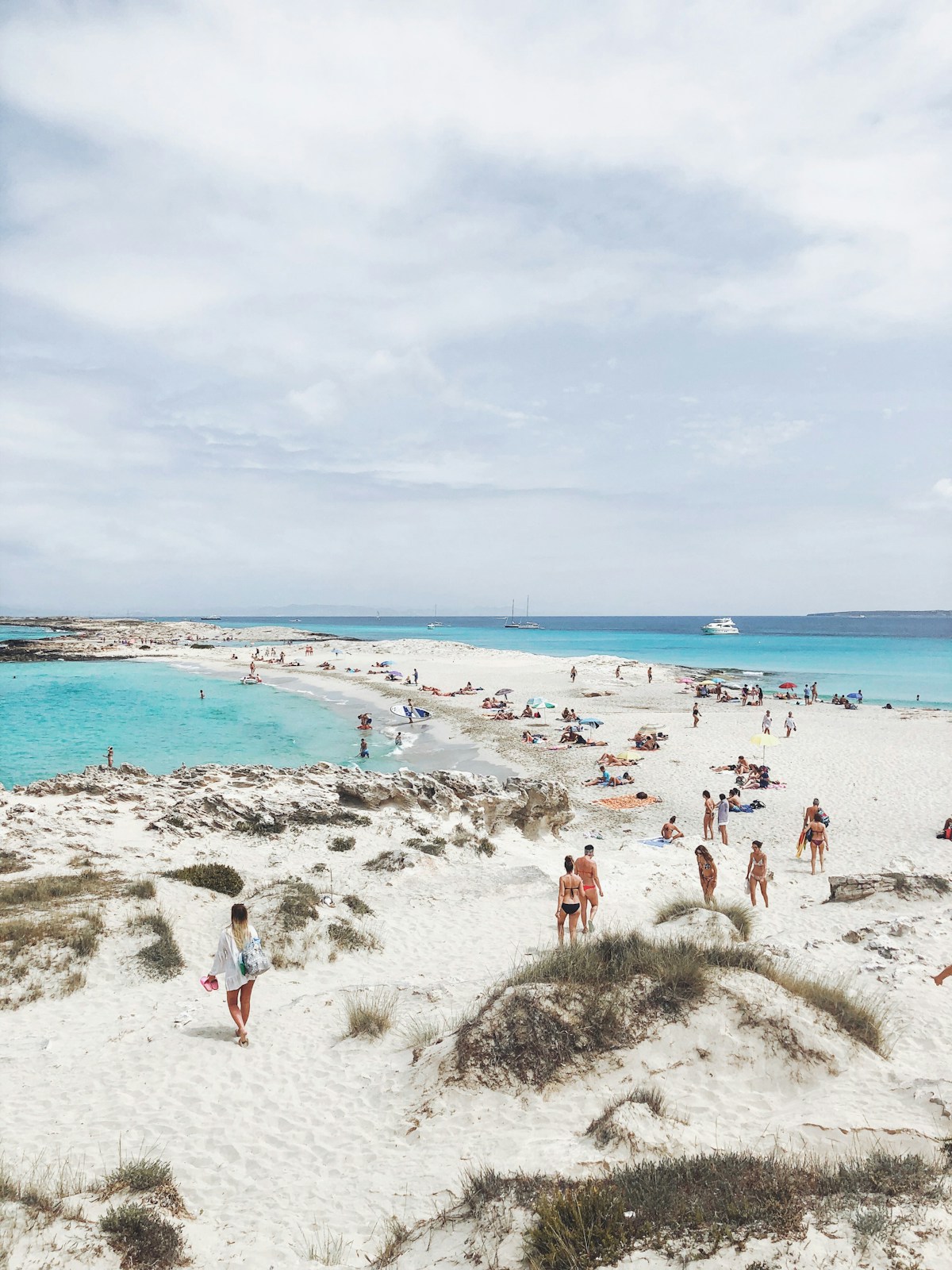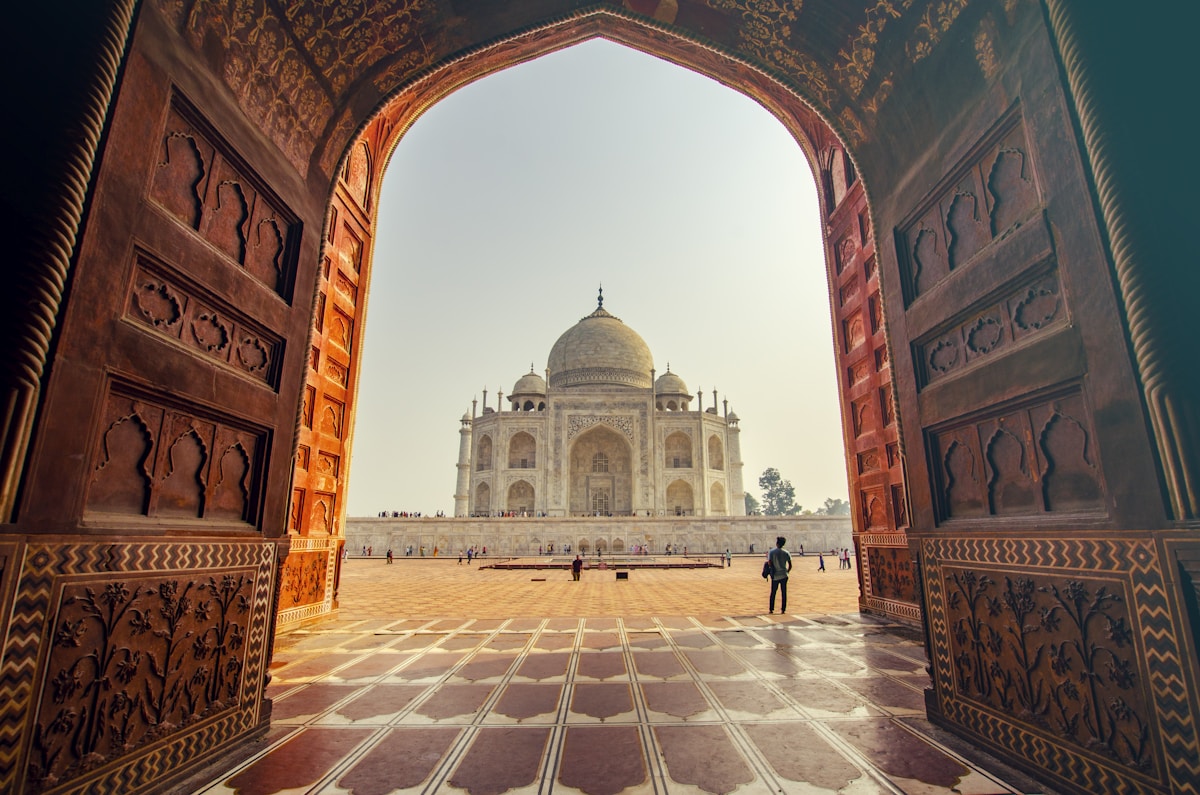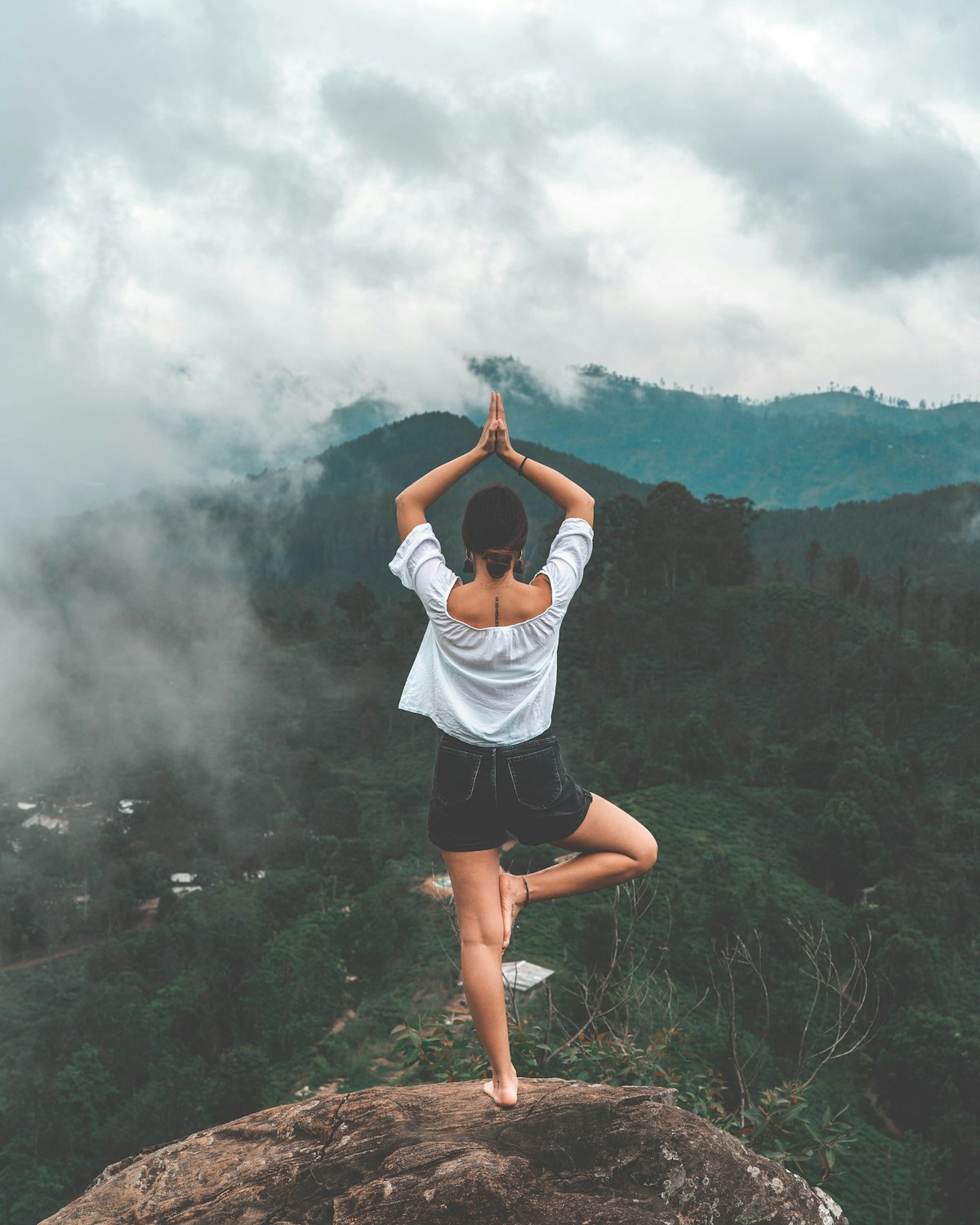Sydney's Thai Buddhist temples represent Theravada Buddhism's forest tradition—monasteries emphasizing strict discipline, meditation, and living simply in harmony with nature. These temples serve Sydney's Thai community while welcoming Western practitioners seeking authentic Buddhist practice.
As someone who's practiced at Thai temples in Sydney, I appreciate their emphasis on direct meditation practice and monastic discipline. The simplicity and authenticity contrast with more elaborate temple traditions, offering practitioners focused spiritual training.
Understanding Thai Forest Tradition
The Thai Forest Tradition, developed in Thailand's northeastern forests, emphasizes meditation, ascetic practice, and returning to Buddha's original teachings. Forest monks live simply—few possessions, dedicated meditation, and direct transmission of Buddhist teachings from teacher to student.
This tradition differs from village Buddhism's emphasis on ritual and merit-making. Forest monasteries focus on liberation through meditation rather than primarily serving lay community needs. When these temples established in Sydney, they brought this austere, meditation-focused approach.
Wat Pa Buddharangsee, Leumeah
Wat Pa Buddharangsee is Sydney's premier Thai forest monastery, located in Leumeah (southwestern Sydney). Founded by Thai monks trained in forest tradition, it maintains authentic Thai Buddhist practice while serving Australian multicultural context.
The Monastery Grounds
The monastery occupies several acres of bushland, creating forest monastery atmosphere even in suburban Sydney. Walking trails through natural bush, simple buildings for monks' quarters, meditation hall, and shrine room maintain simplicity characteristic of forest monasteries.
The aesthetic is deliberately simple—no elaborate decorations or gold-plated statues common in royal Thai temples. This simplicity reflects forest tradition values: renunciation, simplicity, and focus on practice over appearance.
Meeting the Monks
Thai forest monks follow Vinaya (monastic code) strictly. They eat one meal daily before noon, don't handle money, own minimal possessions, and dedicate most time to meditation and study. Their commitment to monastic discipline is genuine and inspiring.
The abbot and senior monks offer dharma talks explaining Buddhist teachings and meditation techniques. Their teaching emphasizes practical application—how to reduce suffering through mindfulness, wisdom, and ethical conduct.
Meditation and Practice
Wat Pa Buddharangsee offers regular meditation sessions open to the public. Instruction covers both samatha (concentration) and vipassana (insight) meditation following Thai forest tradition methods.
The meditation hall is simple—cushions on the floor, minimal decoration, conducive to practice. During meditation sessions, monks guide practitioners through breathing techniques, body scanning, and mindfulness of mental states.
Monthly meditation retreats provide intensive practice opportunity—several days of silent meditation, dharma talks, and monastic routine. These retreats challenge participants but offer profound practice deepening.
Other Thai Temples in Sydney
While Wat Pa Buddharangsee is best-known, several other Thai temples serve Sydney's Thai community.
Wat Lao Buddha Photharam, Bonnyrigg
This temple serves both Thai and Lao communities, reflecting the cultural similarities and shared Theravada tradition. The temple hosts Thai cultural events, language classes, and community gatherings alongside religious services.
The temple's architecture combines traditional Thai elements with practical Australian considerations. The main shrine houses a Buddha statue in traditional Thai style, and the hall accommodates large gatherings during festivals.
Wat Thai Sydney (Various Locations)
Smaller Thai temples and meditation centers operate in various Sydney locations, often in converted houses or community spaces. These serve local Thai communities and offer dharma practice in more intimate settings.
Thai Buddhist Practices and Customs
Understanding Thai Buddhist customs enhances temple visits and participation.
Making Merit
Merit-making (tambun) is central to Thai Buddhism. Laypeople make merit by offering food to monks, donating to temples, practicing meditation, and performing good deeds. This merit generates positive karma leading to better rebirth and eventual liberation.
The morning alms round, where monks walk accepting food offerings, is practiced at some Sydney Thai temples. Offering food to monks is considered highly meritorious, supporting monastic community while building spiritual merit.
Chanting and Pali Texts
Thai Buddhist chanting uses Pali, Buddhism's liturgical language. The rhythmic chanting creates meditative atmosphere while connecting practitioners to ancient texts. Even if you don't understand Pali, participating in chanting develops concentration and devotion.
Common chants include protection sutras, homages to Buddha, and mindfulness verses. Learning a few basic chants allows meaningful participation in temple ceremonies.
Thai Buddhist Festivals
Songkran (Thai New Year) - April
Songkran, Thailand's traditional New Year, is celebrated enthusiastically at Thai temples. The celebration includes water blessing ceremonies (symbolic cleansing), merit-making activities, Thai cultural performances, and the famous water fights that characterize Thai New Year.
At temples, the focus is spiritual—bathing Buddha statues, receiving blessings from monks, making merit. The celebratory water activities happen outside the temple grounds, maintaining sacred space's dignity.
Kathina - October/November
Kathina ceremony marks the end of Buddhist Lent (Vassa—monsoon retreat when monks remain in monasteries). Laypeople offer new robes to monks who completed the retreat, generating significant merit.
The ceremony is solemn and joyful—processions, chanting, formal robe offering, and monks' acceptance. It's one of Theravada Buddhism's most important communal ceremonies, strengthening bonds between monastic and lay communities.
Loy Krathong - November
Loy Krathong, Thailand's festival of lights, involves floating decorated baskets (krathong) on water to honor Buddha and water deities. Sydney Thai temples adapt this tradition, creating krathongs and floating them in ponds or pools.
The ceremony is beautiful—hundreds of candle-lit krathongs floating on water, creating magical atmosphere. It's also meditation on impermanence—watching offerings float away symbolizes letting go of attachments.
Thai Food and Vegetarian Cuisine
Thai Buddhist temples often serve authentic Thai food during festivals and special occasions. This food is typically vegetarian, prepared according to Buddhist dietary principles (no garlic, onions, or strong-smelling vegetables).
The skill in Thai Buddhist cooking lies in creating flavorful dishes despite restrictions. Thai herbs, vegetables, and creative use of tofu and mock meats produce satisfying meals that even non-vegetarians appreciate.
Some temples run small restaurants or food stalls during events, offering affordable Thai Buddhist vegetarian food. This is excellent opportunity to experience authentic Thai temple cuisine.
Learning Thai Buddhism in English
While many Thai temple activities occur in Thai language, several temples offer English-language instruction recognizing Sydney's multicultural context.
Wat Pa Buddharangsee conducts dharma talks and meditation instruction in English. The monks, recognizing Western practitioners' interest, make teachings accessible without requiring Thai language fluency.
Books by Thai forest tradition teachers (Ajahn Chah, Ajahn Sumedho, Ajahn Brahm) are available at temple bookshops, providing English-language resources for understanding Thai Buddhist teachings.
Temple Etiquette
Dress Modestly: Cover shoulders and knees. Remove shoes before entering shrine halls and meditation spaces.
Respect Monks: Women shouldn't touch monks or hand things directly to them. Use a cloth or intermediary. Men can interact more freely but maintain respect.
Seating: Sit with feet pointing away from Buddha statues and monks. Cross-legged or kneeling positions are appropriate.
Donations: Thai temples operate on donations. Contribute according to your capacity—all amounts are appreciated and support monastic community.
Comparing Thai and Vietnamese Buddhist Temples
Having experienced both Vietnamese temples and Thai temples in Sydney, the differences are notable.
Thai temples are generally simpler, more meditation-focused, with stricter monastic discipline. Vietnamese temples emphasize community, cultural preservation, elaborate ceremonies, and devotional practices. Both are valid Buddhist expressions reflecting different cultural adaptations.
For Vietnamese-Australians curious about Thai Buddhism, visiting Thai temples offers insight into Theravada tradition's different approach—valuable for understanding Buddhism's diversity.
Connecting with Thai Buddhist Community
Thai temples welcome newcomers, whether Thai, Vietnamese, Western, or from other backgrounds. Buddhism's universal teachings transcend cultural boundaries, and Thai monks typically emphasize this universality.
Regular participation—attending meditation, helping with temple work, participating in festivals—builds community connection. Thai Buddhist communities are warm and welcoming, happy to share their traditions with sincere practitioners.
Getting Started
If you're interested in Thai Buddhism:
1. Visit Wat Pa Buddharangsee for introduction
2. Attend a meditation session or dharma talk
3. Read about Thai forest tradition
4. Participate in a festival to experience Thai Buddhist culture
5. Consider a meditation retreat for deeper practice
Thai Buddhist temples offer authentic spiritual practice grounded in centuries-old monastic tradition. Whether you're seeking serious meditation training or simply curious about Thai Buddhism, Sydney's Thai temples provide genuine, accessible teachings. The combination of ancient wisdom and contemporary relevance makes Thai forest tradition valuable resource for anyone interested in Buddhist practice.

























